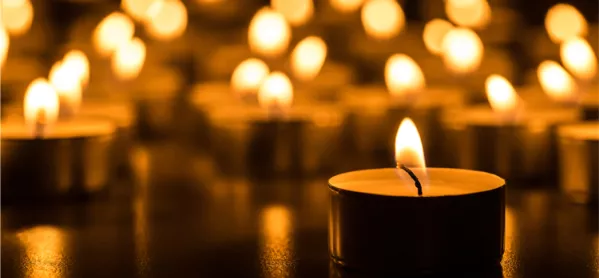The Holocaust is one of the most challenging subjects that teachers will deal with in the classroom. It is an incredibly sensitive topic, surrounded by complex narratives. Add to this concerns that students may be becoming emotionally desensitised to violence and terrible events through 24-hour news cycles and access to social media and it is no wonder that many teachers worry about teaching it.
Before you start, explore the do’s and don’ts of Holocaust education.
One key recommendation is that teachers should not use graphic images of Holocaust victims. The reason for this is two-fold. Firstly, it ensures respect for the victims, who should not be portrayed naked and dying. These images dehumanise the victims, taking away their humanity so that they are no longer seen as individuals - as people, husbands, wives, fathers, daughters - but as a nameless, faceless tangle of bodies - a statistic.
Secondly, it ensures respect for our students - we all work hard to develop trusting relationships with students, so to subject them to some of the most horrific images imaginable must surely be considered a violation of that trust?
Don’t sensationalise
Having followed the pedagogical guidelines from the Holocaust Educational Trust for the last six years, and not used any graphic images, I can honestly say that I am yet to encounter a student who has failed to grasp the gravity of the topic or to fully engage with it.
Developing understanding of pre-war Jewish life, the vibrant and in many cases, integrated, communities that the victims came from allows a greater understanding of the utter loss that was experienced as families and communities were ripped apart by the Nazi machine. Understanding that those who died had families, friends, toys and parents help students to make a connection.
The use of photographs and testimony supports this approach; students are able to follow the journeys of different individuals and through this the Holocaust becomes more personal, less sensationalised and has far more impact. Re-humanising a topic that deals with inhumanity is key to keeping students engaged.
Teaching about The Holocaust is not simple or easy, but neither should it be. The statistics will always play a part as you explain the sheer number of victims of the Nazi regime, but the significance of the individual, their experiences and the journey which they were forced to undertake should always be paramount.
Zoe Walsh is a Holocaust Educational Trust educator and a history teacher at St Paul’s Catholic School, Leicester.
You can find out more about Holocaust education and download resources to support your classroom from the Holocaust Educational Trust. On 27 January, Holocaust Memorial Day, the Holocaust Educational Trust will be holding a live webcast with survivor Mala Tribich MBE sharing her testimony, with schools across the UK tuning in. Sign your school up here.
Want to keep up with the latest education news and opinion? Follow TES on Twitter and like TES on Facebook
